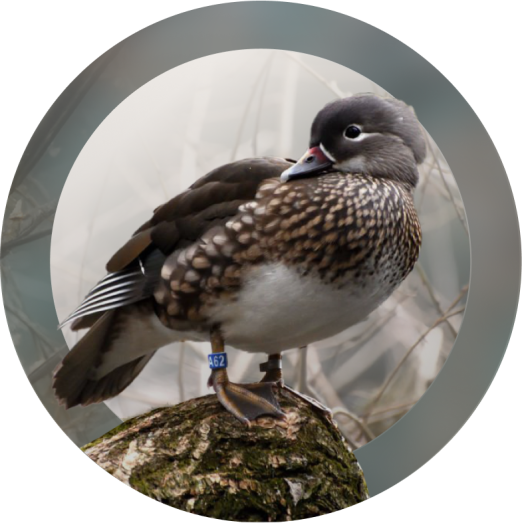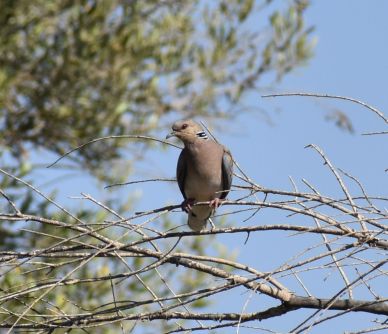
Bird Ringing and Tracking
Bird rings are a scientific tool widely used to study bird migration, behavior, and population. The tagging process involves placing metal, plastic, or combined rings with unique codes on a bird’s leg, beak, or neck, allowing it to be tracked when re-sighted or recovered elsewhere. This method is an effective way to collect data on bird migration, life cycles, and distribution, significantly contributing to efforts to conserve endangered species and monitor environmental changes. By studying ring data, scientists and researchers can determine seasonal migration routes, understand the effects of climate change on species, and improve environmental conservation strategies.
Instructions for Observers on How to Read Rings
Searching for the Ring
Check the bird’s leg, as rings are usually placed there. The bird may be tagged with a metal ring, a plastic ring, or both.
Reading the Ring
The ring will have a code consisting of numbers only or a combination of numbers and letters. It is important to record it accurately and note whether to read it from the top or bottom. Also, document the ring’s color, the color of the code, and whether it is on the right or left leg.
Other Data
Date and location of observation, bird species, and the name of the observer.
Photographing the Ring
If possible, try to take a clear photo of the ring to document the data.
Reporting the Data
After collecting the data, you can submit it on the Libya Birds Platform.


